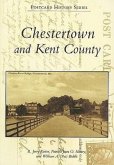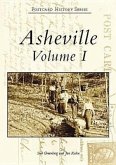Coal was mined in Southern West Virginia even before the state's birth in 1863 but was mostly consumed within a few miles of where it was dug. When the railroads arrived on the scene, they not only provided a means of getting that coal to market, they also brought in trainloads of workers to the sparsely populated region. With the mines generally located in remote, out-of-the-way spots, operators were forced to build housing for those workers and their families, as well as company stores, schools, and churches- everything needed in a small community. Overnight, the nation's demand for coal turned sleepy, little places in Southern West Virginia into boomtowns and helped cities such as Charleston and Huntington grow and prosper as gateways to and from the coalfields.
Hinweis: Dieser Artikel kann nur an eine deutsche Lieferadresse ausgeliefert werden.
Hinweis: Dieser Artikel kann nur an eine deutsche Lieferadresse ausgeliefert werden.








